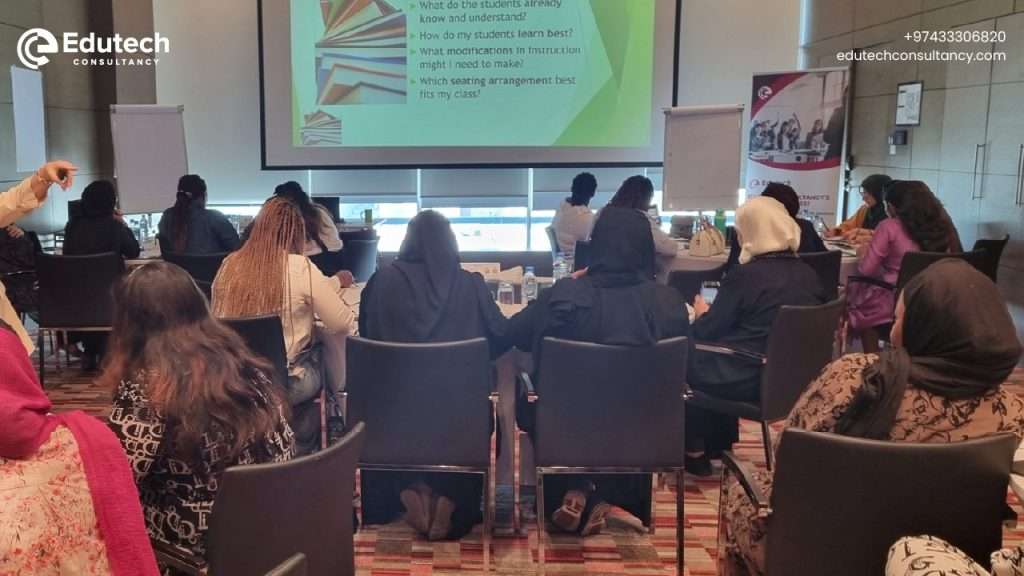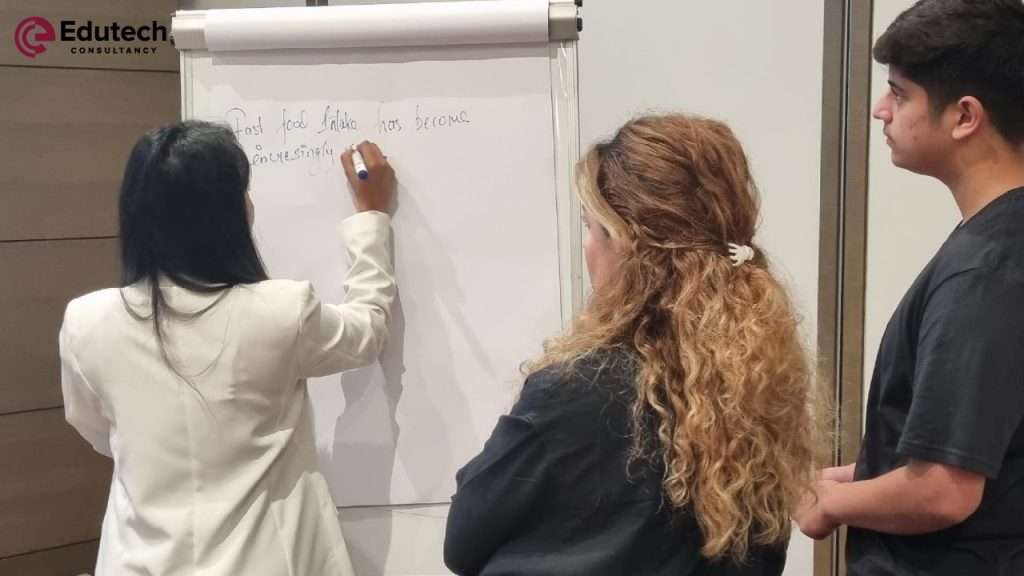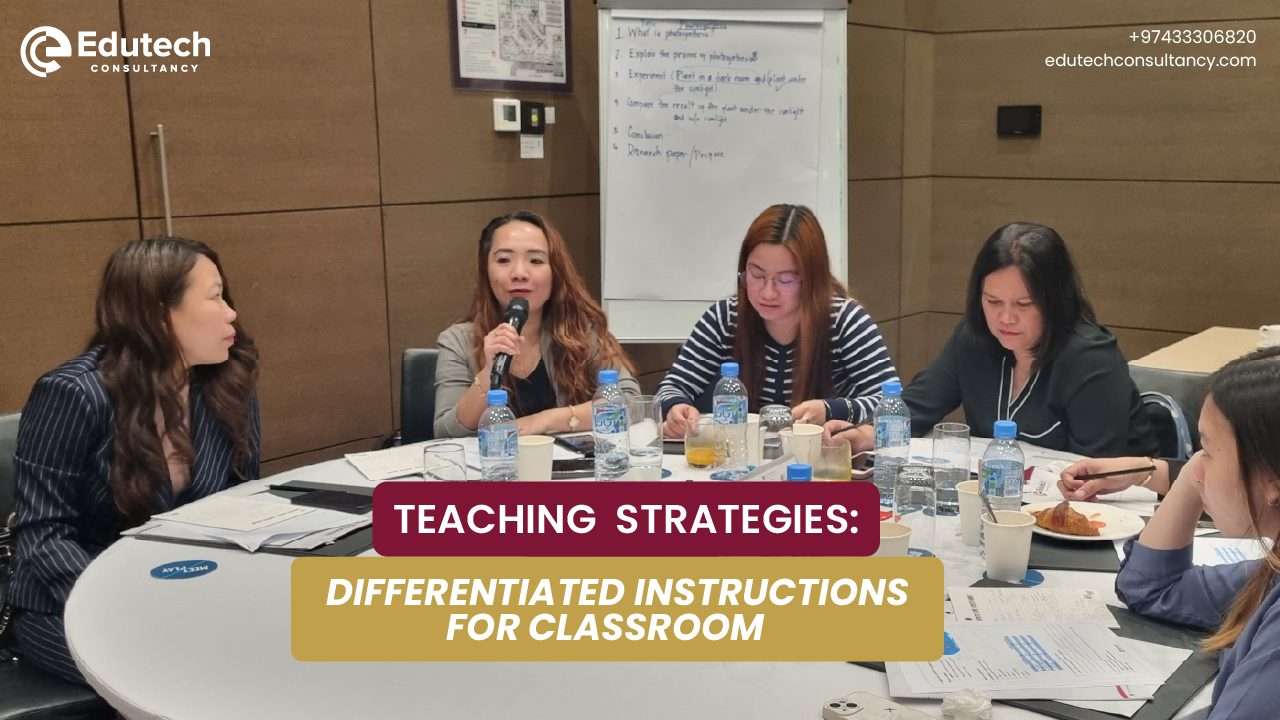Introduction:
Every student is different and needs different solutions to the same problem. They have different family backgrounds, cultures, and ways they learn; therefore, we can’t use one method for one concept to teach the whole class.
So, teachers should consider this need and learn the needs of students and should answer their queries in the best way for every student. The best way for teachers is to learn these skills through workshops. Many training firms are working in the education sector and providing solutions and workshops in these areas. Edutech is also bringing workshops on differentiated instruction and many other topics in the future. Stay in touch with us!
Understanding the Basics of Differentiation
Differentiation involves tailoring instructions to meet the unique needs of each student instead of adopting a uniform approach. The purpose of learning differentiated instruction is to cater to every student according to their needs and the way they will learn more.
By teaching this way, every student will get an equal learning opportunity. This is because differentiated instructions concentrate on three key elements: content, process, and product.

The three elements of differentiated instruction
- Content:
As every student learns differently, content must be tailored to their needs. Teachers must plan words, sentence structure, material, guides, the environment, and small groups according to each student’s needs.
- Process:
In the process phase, all planned material will be delivered, and students start learning concepts. Here the teacher needs to provide individual support according to the needs of each student. Some students may take more time and need a more organized task list. Adapt the best way for each student to learn.
- Product:
Give confidence to students by focusing on their confusions; students must convey confusions so the teacher can help in that way. Make them learn independently in small group settings and ask them to demonstrate their learning.
Types of Differentiation in the Classroom
Readiness-Based Differentiation
Match tasks to students’ skill levels. Advanced learners can explore deeper topics, while others focus on basics.
Interest-Based Differentiation
Use students’ interests to make lessons fun and relatable. This keeps them more engaged.
Learning Style Differentiation
Some students learn better visually, others by listening or doing. Teaching in different ways helps everyone stay interested.

Key Differentiated Activities for the Classroom
- Tiered Assignments: Create tasks with different levels of difficulty for students to choose from.
- Choice Boards: Let students pick how they want to learn or show their work.
- Flexible Grouping: Mix students into groups based on their strengths or needs for projects.
Planning Differentiation Professional Development Workshops
- Set Clear Goals: Explain what teachers will learn and how it helps in the classroom.
- Include Practical Activities: Use hands-on practice, examples, and group discussions to make learning easy.
- Provide Resources: Give tools, templates, and guides to support teachers after the workshop.
Challenges in Differentiation and How to Overcome Them
Time Management
Planning differentiation can take time. Using pre-made templates and working together can make it faster.
Resource Issues
Schools may lack resources. Using free tools, digital options, and shared materials can solve this problem.
Conclusion: Empowering Teachers Through Differentiation
Differentiation helps create classrooms where every student can succeed. By attending workshops and practicing these skills, teachers can make a big difference in their students’ lives. With the right support, every teacher can master this method.


